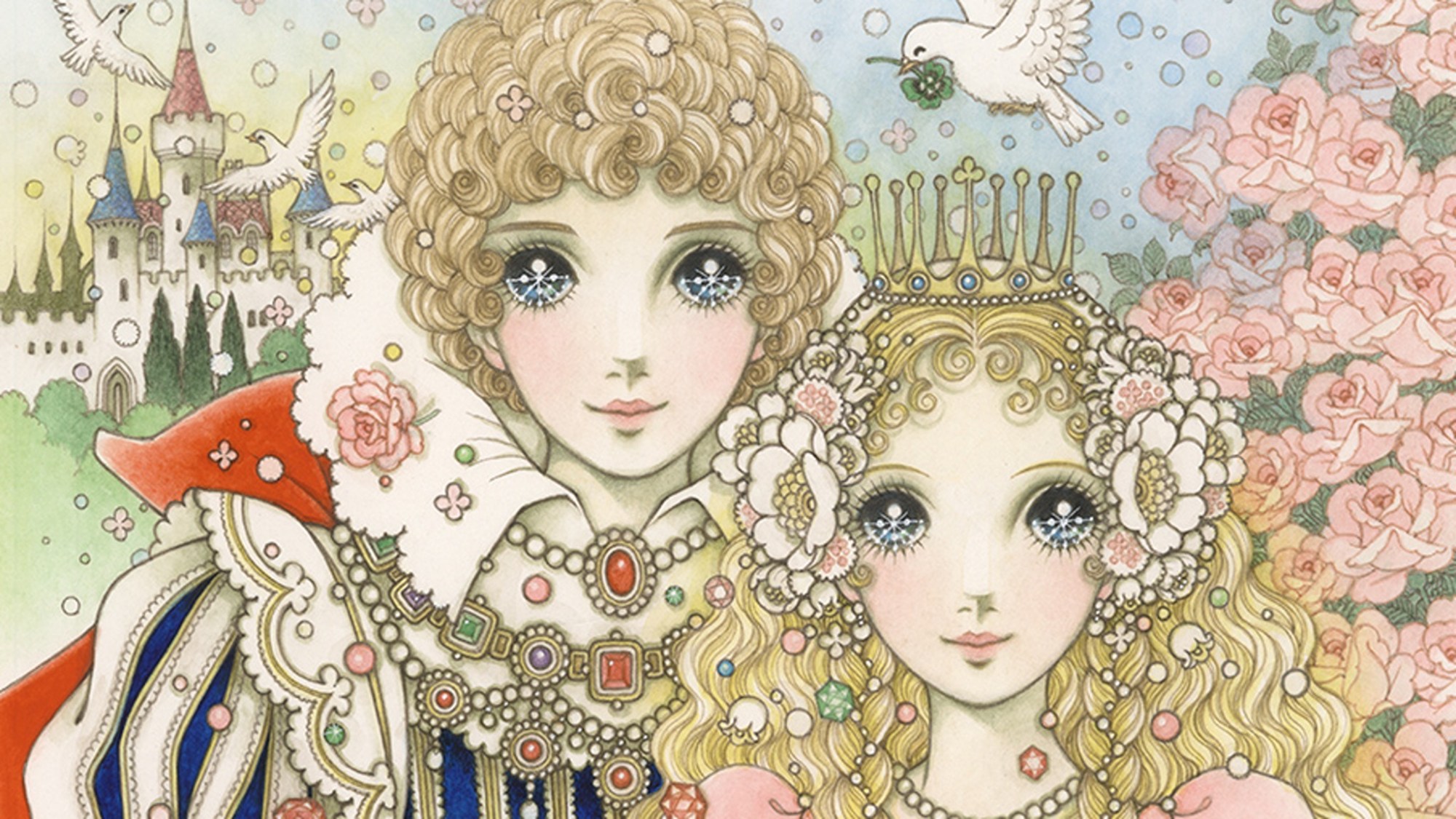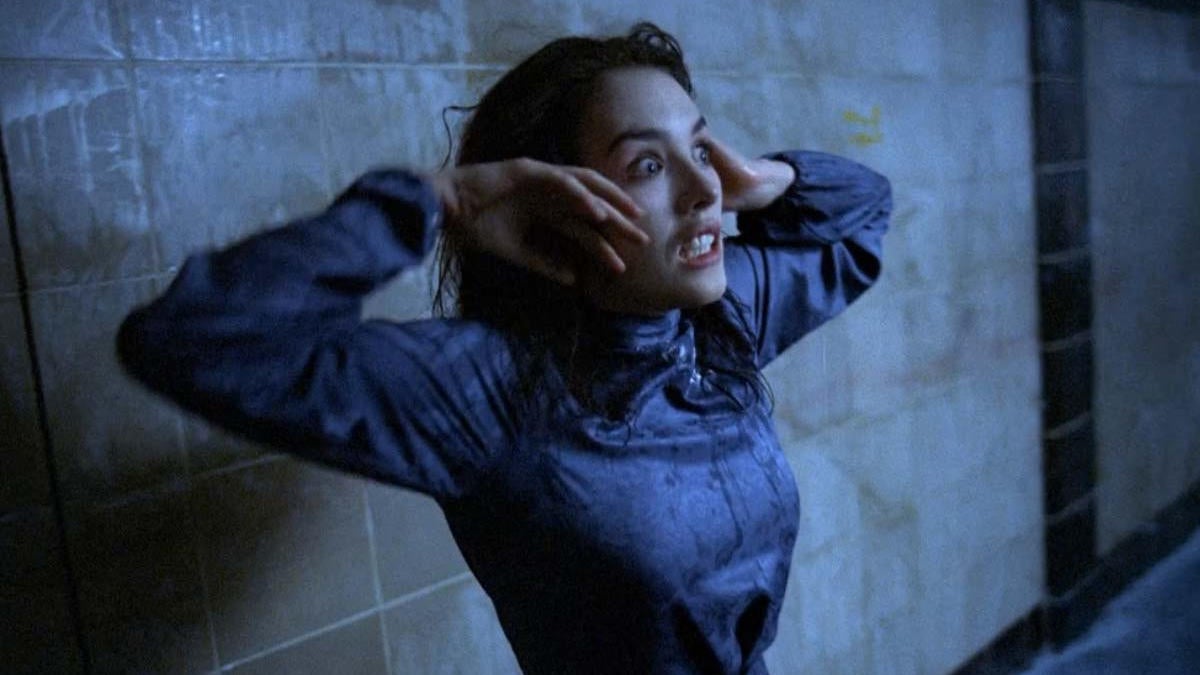Shojo art pioneer Macoto Takahashi had an artistic career spanning over seven decades, during which he made several contributions to the manga industry, particularly in the realm of the shojo genre. On December 16th, an obituary was released by Takahashi’s official account on X, stating he died on November 17, 2024. He was hospitalized for some time after being diagnosed with gastroesophageal junction cancer. The funeral was held on November 25th, where only relatives were present.
Videos by ComicBook.com
The obituary claims that according to Takahashi’s wishes, there are no plans for a memorial service. The obituary is written by Rie Takeishi, the CEO of Makoto Art Co., Ltd. who also apologizes for the late notice. A few hours after the official announcement, the account shared a message from ART SPACE SKYGALLERY, as they confirm holding a memorial exhibition for Professor Macoto Takahashi at ART SPACE SKYGALLERY in Ariake, Tokyo.

Macoto Takahashi’s Contribution to the Shojo Genre
Takashi’s work is distinguished as dreamy, romantic, and aesthetic, with intricately detailed designs. As one of the most renowned artists, his work influenced the shojo manga art style that emerged in the mid-20th century. His signature style involves compositions filled with flowing hair, floral motifs, ribbons, and lace. His illustrations would feature young girls with large sparkling eyes and elaborate clothing, which became a trademark in shojo. Takahashi’s art often depicts fairy tale themes like Cinderella, Snow White, and other European Classics.
His manga, Arashi o Koete, was serialized in 1958, which pioneered the distinct shojo art. In 1957, he released a series of short stories for shojo manga, including “The Seaside of Sorrow”, “The Swan of Tokyo”, “The Swan of the Rose”, and “The Cursed Coppéllia”. However, Takahashi stopped creating shojo manga during the 1960s because he was unable to adapt to the point of view of a girl. Since then, he shifted to creating covers for shojo manga magazines, album cover artwork, and several illustrations. He also popularized the Gothic Lolita subculture. Additionally, he is the icon of the “Kawaii” culture by establishing early aesthetics of cuteness and femininity in Japanese manga.
H/T: @macotonohiroba, Takahashi Macoto: The Origin of Shōjo Manga Style







